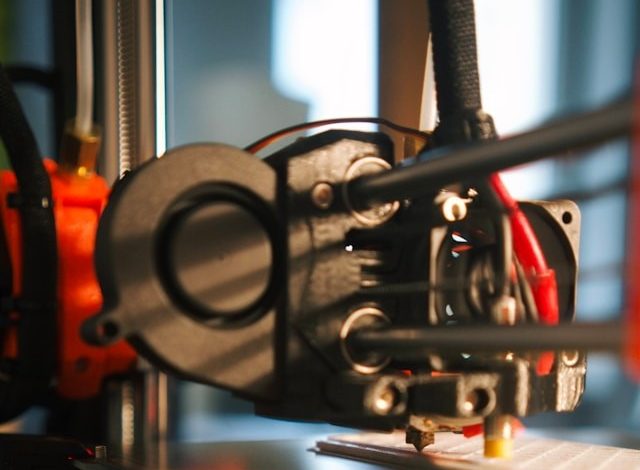
3D PRINTING IN CONSTRUCTION: THE LATEST INNOVATIONS
3D printing is revolutionizing the construction industry. In recent years, this technology has shifted from a futuristic concept to a concrete reality. Today, it is possible to build houses, bridges, and entire structures using innovative materials and advanced techniques.
How 3D Printing Works in Construction
3D printing in construction uses robots and special printers to layer materials like concrete, cement, and polymers. These layers are stacked to create the entire structure. The process is fast, precise, and minimizes material waste.
Recent Innovations
- Houses printed in 24 hours
Companies like ICON and Apis Cor have developed technologies to build homes in just 24 hours, reducing costs and speeding up project timelines.
- Sustainable materials
New materials, such as recycled concrete mixes and biopolymers, make construction more eco-friendly.
- Customized designs
3D printing enables complex, customized designs that are impossible with traditional techniques.
Advantages of 3D Printing in Construction
- Cost reduction: less labor and less material waste.
- Faster timelines: projects completed in days instead of months.
- Sustainability: use of recycled materials and reduced environmental impact.
Challenges Ahead
Despite progress, 3D printing in construction still faces challenges. Regulation is one of the main hurdles. Additionally, 3D printers for construction are expensive and not yet widely accessible.
The Future of 3D Printing in Construction
The adoption of 3D printing could transform traditional construction. Experts predict the expansion of this technology to large-scale projects like bridges and skyscrapers. 3D printing in construction represents the future. Its innovations are already reshaping how we build. It is a technology that promises to make the industry faster, more sustainable, and creative.
